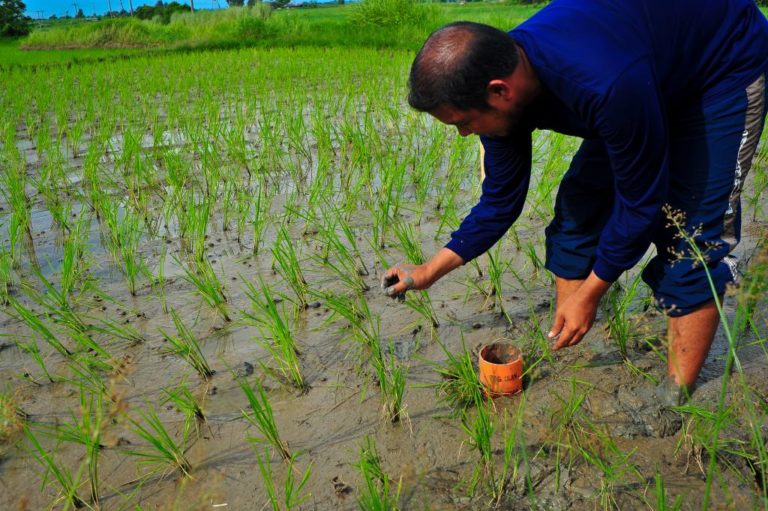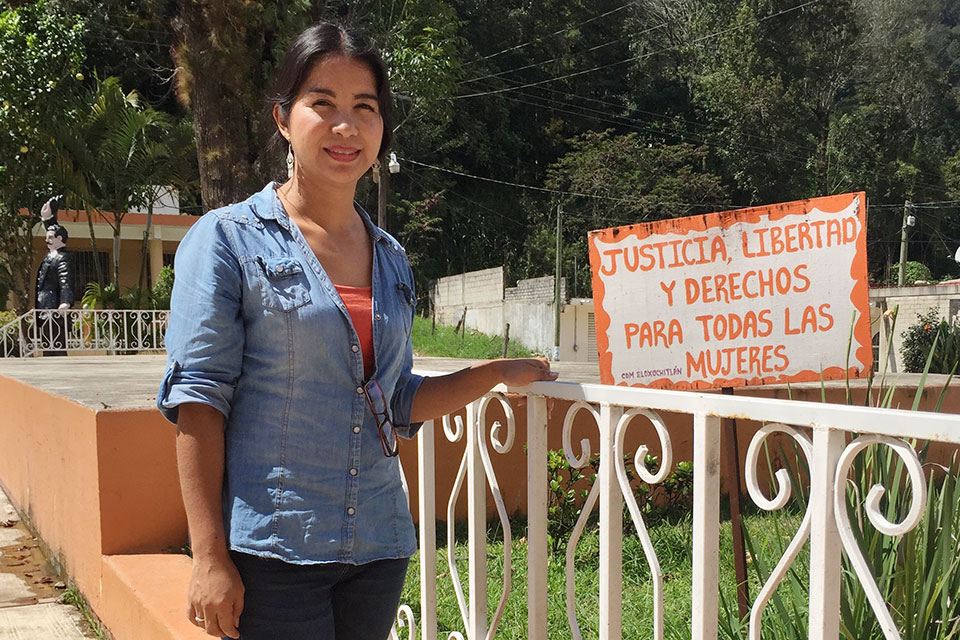In celebration of World Water Day, let’s take a look at the importance of water-smart innovations in water management and conservation, and agricultural production.
Every 22nd of March, the United Nations (UN) celebrates World Water Day. This year, the theme of the celebration is “valuing water”, highlighting five different perspectives. One of these perspectives is valuing water as an input to food production and agriculture.
The agriculture sector remains the biggest consumer of global freshwater resources. The UN World Water Development Report in 2020 stated that irrigation land is responsible for 69% of global water withdrawals. Moreover, the process of water withdrawal, diversion, application, and drainage has long-term environmental effects, such as aquifer depletion, soil salinization, and pollution from runoff and drainage. In addition, the changes in precipitation patterns induced by climate change are expected to intensify flood and drought events in many regions.
Water management being one of its entry points, climate-smart agriculture (CSA) has been promoted to address the challenges related to water resources in agriculture. “Water-smart” agriculture covers a wide-ranging and complex scope, focusing on improving water management through farm tiling in rainfed and irrigated agricultural systems across different scales. As one of the leading institutions promoting CSA, the CGIAR Research Program on Climate Change, Agriculture and Food Security (CCAFS) has implemented various water-smart technologies and practices across the globe. These CCAFS innovations benefited not only a number of smallholder farmers but also helped decision-makers develop programs for the improvement of water supply in agriculture.
PROVIDING WATER FOR PRODUCTION
Through the Climate-Smart Village (CSV) program, CCAFS was able to pilot several CSA technologies and practices, including water-smart innovations. For instance, in Cinzana CSV in Mali, an integrated soil-water-energy system was implemented. The agro-silvopastoral (crop-tree-livestock) system provided opportunities for farmers to integrate various soil and water conservation practices, such as harvesting rainwater through tied-ridges. The practice improved the harvest of farmers, providing income and nutritional benefits to the community.
In India, CCAFS scaled out the successful water-smart agricultural practices tested and evaluated in the CSVs. To help farmers cope with drought and irregular rainfall, CCAFS facilitated the construction of water storage structures as part of scaling out water-smart interventions in the Betul district of Madhya Pradesh. Through a convergence platform, stakeholders’ funds and efforts were consolidated leading to the construction of open wells and farm ponds, providing affordable water access to farmers.

BEYOND WATER CONSERVATION
CSA aims to achieve production, and at the same time, climate change adaptation and mitigation targets. Thus, water-smart innovations promoted by CCAFS ensure not only water conservation but also other benefits.
In Asia, particularly in Vietnam and Bangladesh, CCAFS has been promoting the application of Alternate Wetting and Drying (AWD) in rice production. Developed by the International Rice Research Institute (IRRI), AWD is a water-saving technology that farmers can apply to reduce irrigation water consumption in rice fields by 15-30%. AWD also decreases methane emissions per kilogram of rice by 30-50% by reducing the period that the soil is under anaerobic conditions. With this mitigation potential, the Government of Vietnam is including AWD in the implementation of its Nationally Determined Contributions in the agriculture sector.
To promote climate-smartness in farm irrigation systems, CCAFS piloted the Solar Pump Irrigators’ Cooperative (SPICE) model in India. Using an innovative business model, farmer-members’ solar irrigation pumps are connected to each other in a micro-grid. Once the farmers are done with irrigation, they pool their surplus solar energy and sell it to a local power distribution company. This innovation helps in controlling groundwater overexploitation, reducing the carbon footprint of agriculture, and increasing farmer incomes. In fact, the Indian government invested USD 21.8 billion to implement the same model of solarisation of farm irrigation on a national scale.
Related Articles: The Youth, Smart Farming and Small-Scale Irrigation | How Drip Irrigation Will Save Our Crops | Solar irrigation in Southern Ethiopia
SUPPORTING POLICY-MAKING TOWARDS EFFECTIVE WATER MANAGEMENT
CCAFS also provided tools to support decision-makers in developing policies and programs towards water-smart agriculture. In Vietnam, CCAFS, together with the Department of Crop Production, developed Climate-Smart Maps and Adaptation Plans (CS-MAP) to help farmers cope with drought and salinity intrusion problems. After the successful implementation in the Mekong River Delta, the CS-MAP methodology is used to address the water management crisis in Red River Delta and Northern Midlands (RRD). To implement the adaptation plans based on the CS-MAP, the government issued an official memorandum to instruct the 12 provinces of RRD in applying the water discharge schedule and cropping calendar for winter-spring season 2020-2021.
In Ethiopia, small-scale irrigation systems are vital for the resilience of smallholder farmers. Thus, CCAFS is developing an interactive platform for small-scale irrigation spatial mapping to support decision-makers, particularly the Ministry of Agriculture. This web-based system aims to provide timely, accurate, and a readily available database on small-scale irrigation schemes in the country. It will eventually lead to the provision of multiple benefits including enhanced agricultural productivity, adoption of green revolution technologies, additional employment opportunities, economic growth and poverty alleviation, and resilience to climate change impacts.
TOWARDS A WATER-SECURE FUTURE
The different water-smart innovations mentioned are just part of the bigger CCAFS work of promoting CSA. CCAFS push for a more holistic and integrative approach to address food security and agriculture development, which includes soil, crop, livestock, forestry, fisheries and aquaculture, energy, and water management.
Although the CCAFS program is ending this year, CGIAR will continue to promote and scale CSA in the different climate change-vulnerable communities in the world. New programs like the Two Degree Initiative (2DI) will carry on the work of transforming the global food system for a climate-smart future. Prioritizing issues concerning water resources, 2DI has designed specific programs like Water-Secure Livelihoods in Southern Africa and Securing Asian Mega-Deltas.
Editor’s Note: The opinions expressed here by Impakter.com columnists are their own, not those of Impakter.com. — In the Featured Photo: Agriculture is currently responsible for about 69% of global water withdrawals, with most of it being used for irrigation. Featured Photo Credit: IRRI.











